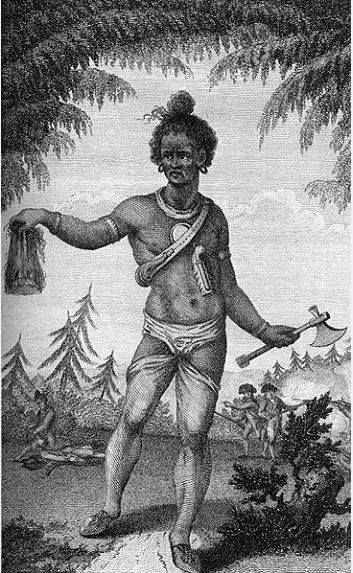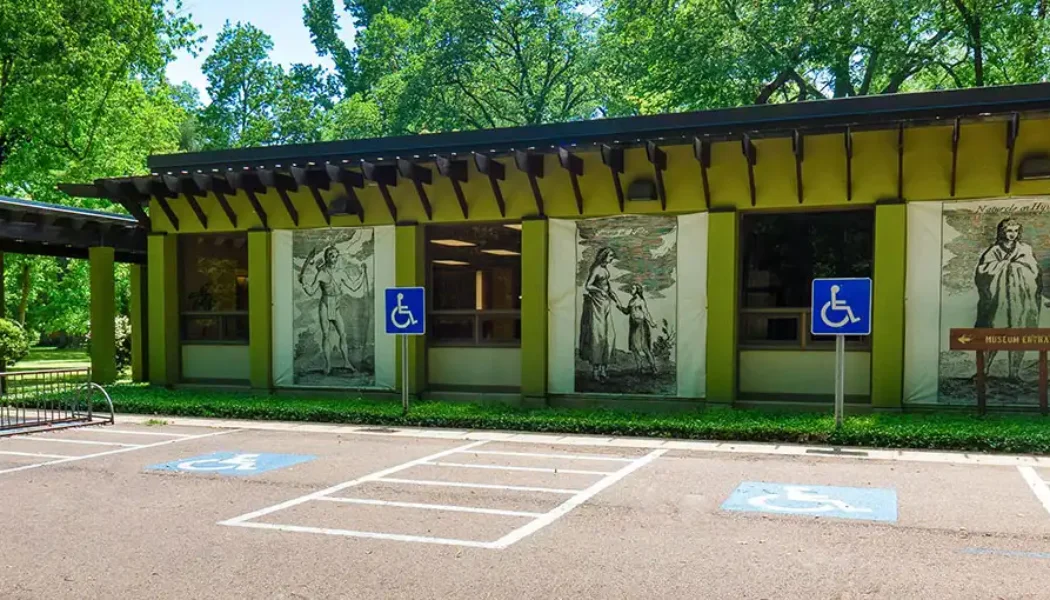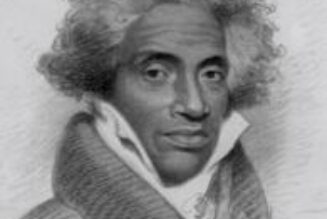The Natchez Indians, with their distinctive social structure, profound religious devotion, and elaborate mound-building tradition, represent a remarkable chapter in Native American history. Their Grand Village was more than a settlement; it was the heart of their cultural and spiritual life. Though the Natchez people endured displacement and dispersion, their legacy continues to inspire respect, curiosity, and remembrance.
Today, the Grand Village stands as a powerful reminder of its enduring story. Visiting it is not only an exploration of the past but also a chance to honor the resilience and contributions of a people whose heritage remains deeply intertwined with the land and history of the American South.
Origins of the Natchez People
The Natchez were descendants of earlier Mississippian cultures that flourished between 700 CE and 1500 CE. These cultures built large mound complexes across the Southeast, used maize agriculture, and developed stratified societies with powerful chiefs. By the time Europeans first encountered them in the late 1600s, the Natchez had inherited and adapted these traditions into a thriving society along the lower Mississippi River.
Society and Social Structure
The Natchez social system was hierarchical and unlike that of many neighboring tribes. It was divided into classes that determined status, rights, and duties:
- The Great Sun – The paramount chief of the Natchez. Viewed as a divine figure, the Great Sun wielded both political and spiritual authority. His position symbolized the unity of the Natchez people.
- The Suns – Relatives of the Great Sun, these nobles helped govern and preside over ceremonial activities.
- The Nobles – Respected members of society with certain privileges.
- The Honored People – A middle class who gained status through bravery, achievement, or service.
- The Stinkards (Commoners) – The majority of the population, responsible for farming, hunting, and day-to-day labor.
This rigid class system was unusual compared to the more egalitarian structures of other Southeastern tribes. It influenced marriage, inheritance, and leadership succession, making Natchez society particularly complex.
The Grand Village of the Natchez Indians
Located just outside present-day Natchez, Mississippi, the Grand Village served as the cultural, ceremonial, and political hub of Natchez life. Archaeological evidence shows the site included:
- Temple Mounds – The Grand Village contained several earthen mounds used for ceremonial and religious purposes. The largest mound supported the Great Sun’s temple, where sacred fires were kept burning as a symbol of eternal life.
- Burial Mounds – Important leaders, including the Great Suns, were buried in the village. Their funerals often involved elaborate rituals.
- Plaza Area – The open space between mounds was the center of communal and ceremonial activities.
The Grand Village was not merely a settlement but a sacred place embodying the spiritual beliefs and political power of the Natchez people. Today, reconstructed mounds, interpretive trails, and a museum allow visitors to connect with this once-vibrant society.
Religion and Spiritual Beliefs
Religion permeated every aspect of Natchez life. The Natchez worshiped the sun as their supreme deity, reflecting the agricultural importance of sunlight and the cycles of nature. The Great Sun, as their ruler, was believed to embody a divine connection to this spiritual force.
The eternal fire kept in the temple symbolized continuity and the cosmic order. Priests conducted rituals to maintain harmony with the spiritual world, ensure successful harvests, and protect the community. Seasonal ceremonies, agricultural festivals, and funerary practices reinforced communal bonds and spiritual devotion.
Funerary practices were especially elaborate. When a Great Sun died, retainers and relatives sometimes accompanied him in death, reflecting both devotion and the rigid obligations of Natchez society. Such practices shocked European observers but highlighted the depth of their spiritual worldview.
Daily Life and Economy
The Natchez were skilled agriculturalists, hunters, and artisans.
- Agriculture – Corn, beans, and squash formed the basis of their diet, supplemented by pumpkins, tobacco, and sunflowers.
- Hunting and Fishing – Deer, turkey, fish, and small game were important protein sources. Hunting also provided hides and bones for tools and clothing.
- Craftsmanship – Pottery, woven mats, and shell ornaments were part of daily and ceremonial life. The Natchez were known for their artistry and practical skill.
The economy was communal, with crops stored in granaries and distributed under the supervision of leaders. Trade with neighboring tribes and Europeans added new goods to their material culture.
Encounters with Europeans
French explorers first documented the Natchez in the late 17th century. Relations between the French and the Natchez were initially cooperative, with trade exchanges involving food, tools, and weapons. However, cultural misunderstandings, competition over land, and French demands for tribute soon strained relations.
The French, intent on expanding their colonial ambitions, often treated the Natchez as subordinates rather than allies. As European settlement expanded, conflict became inevitable.
The Natchez Wars
Between 1716 and 1729, tensions erupted into violent conflicts known as the Natchez Wars. These wars were fueled by French encroachment on Natchez lands, forced labor demands, and the erosion of Natchez sovereignty.
In 1729, the Natchez launched a major uprising, killing hundreds of French settlers at Fort Rosalie. Though initially successful, the retaliation was devastating. French forces, aided by Choctaw allies, nearly annihilated the Natchez nation. Survivors were killed, enslaved, or dispersed among other tribes.
The Decline and Dispersion of the Natchez
After the wars, the Natchez as a distinct nation ceased to exist. Survivors sought refuge with neighboring tribes such as the Cherokee, Creek, and Chickasaw. Others were sold into slavery in the French Caribbean colonies. Though dispersed, elements of Natchez culture persisted among descendants who merged with other communities.
Archaeology and Preservation of the Grand Village
Archaeological work at the Grand Village began in the 20th century, uncovering artifacts, mounds, and structural remains that deepened understanding of Natchez life. Today, the site is preserved as the Grand Village of the Natchez Indians State Historic Site, featuring:
- Reconstructed ceremonial mounds
- Interpretive trails and signage
- A museum with artifacts, dioramas, and educational exhibits
- Living history programs and cultural events
These resources ensure that the Natchez story is not forgotten, offering visitors a tangible connection to these once-powerful people.
Legacy of the Natchez
Though the Natchez nation was fragmented, its legacy endures in several ways:
- Cultural Memory – Oral traditions and historical records preserve their customs and stories.
- Descendant Communities – Some Native groups, particularly among the Creek and Cherokee, retain elements of Natchez ancestry.
- Educational Importance – The Grand Village serves as an outdoor classroom for historians, archaeologists, and the general public.
- Symbol of Resilience – The Natchez remind us of both the fragility and resilience of indigenous cultures in the face of colonialism.
Visiting the Grand Village Today
For modern visitors, the Grand Village offers an immersive educational experience:
- Mound Tours – Walk among the reconstructed mounds and imagine the ceremonies once held there.
- Museum Exhibits – Explore artifacts and exhibits that illustrate Natchez life.
- Cultural Programs – Attend events that celebrate indigenous heritage and foster cross-cultural understanding.
- Reflection – The site invites reflection on the triumphs and tragedies of Native American history.




